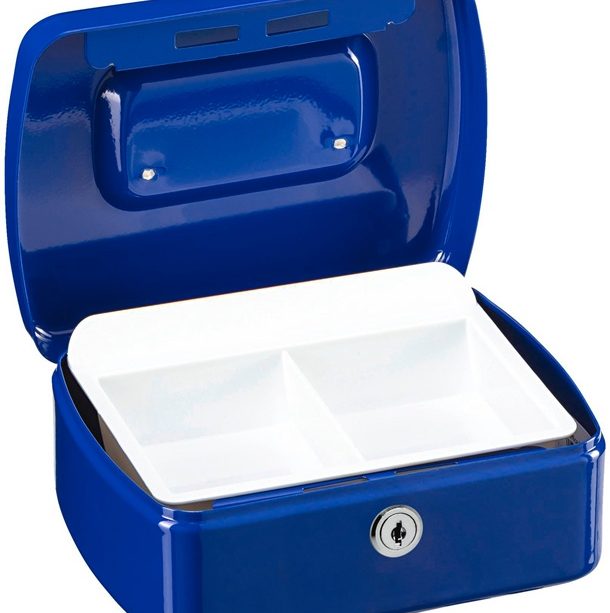Transforming the Office: Trends and Insights for 2023

Introduction
The office environment has undergone significant transformations in recent years, driven by the need for flexibility and collaboration. As more organisations adopt hybrid work models, understanding the trends and challenges that shape office spaces is essential for businesses and employees alike. This article explores the current state of office environments, their evolution post-pandemic, and their relevance in today’s workplace culture.
Current Trends in Office Design
With the pandemic prompting a shift in how we work, many companies are rethinking their office layouts. Open-plan offices, once hailed for fostering collaboration, are now being redesigned to provide more private spaces. According to a 2023 report by CBRE, 64% of employees prefer having the option to work in both collaborative and quiet areas within their office.
Health and Well-being Considerations
Health and well-being have become paramount in office design. Enhanced ventilation systems, access to natural light, and the inclusion of greenery are now essential components. Research from the World Green Building Council indicates that employees in well-designed workspaces experience a 15% increase in productivity and well-being. Companies are increasingly recognising that a healthy workspace not only boosts morale but also enhances performance.
Technological Integration in Offices
Moreover, the integration of technology in office spaces has accelerated, driven by remote work needs. According to a survey by JLL, 56% of companies are investing in advanced conferencing tools to facilitate seamless remote collaborations. Smart office solutions that optimise energy usage and provide data analytics on workspace utilisation are becoming popular as organisations seek efficiency and sustainability.
Conclusion
As we move further into 2023, the future of the office will continue to evolve, influenced by employee preferences, health considerations, and technology. Companies must remain agile and open to change in order to design workspaces that cater to the needs of a diverse workforce. With a hybrid work model becoming the norm, the significance of a well-structured office environment will play a critical role in shaping corporate culture and enhancing employee satisfaction. Businesses that embrace these changes will likely see improved retention rates and a more engaged workforce.









